Brands continuously strive to broaden their consumer base to boost sales. However, these endeavors may inadvertently result in brand dilution, where a company veers away from its original purpose. Grasping the concept of brand dilution is crucial for businesses to comprehend consumer markets and the significance of maintaining a positive reputation. This article explores the definition of brand dilution, its causes, strategies to prevent it, effective methods for managing it, and provides a real-life example of brand dilution.
Join us as we unravel the complexities of brand dilution, empowering you to navigate the competitive landscape with clarity and confidence.
What Is It Brand Dilution?
Brand dilution, also referred to as excessive brand extension, occurs when a brand loses its value, often due to introducing products that don’t fit with the company’s original purpose. For instance, if a chocolate bar brand suddenly starts selling tennis shoes, it could be seen as brand dilution. Brands typically introduce new products to attract different customer groups or explore new markets. Sometimes, brands release multiple items before finding success. Brand dilution can also happen when companies introduce numerous products that lower the overall quality of their offerings.
The consequences of brand dilution include decreased consumer loyalty and diminished value of existing products unaffected by the dilution. To maintain customer satisfaction and trust in their brand, businesses must uphold a positive brand reputation. By analyzing past instances of brand dilution, companies can adjust future product launches to generate a more favorable public response. This proactive approach helps in preserving brand integrity and consumer confidence.
How Is Brand Dilution Possible?
Brand extension is the process by which a business enters a new product category under the umbrella of an already-established brand in an effort to expand into untapped areas.
If you overextend your brand or release a bad product, your brand will suffer.
Cadbury’s quick mashed potatoes, introduced in the 1960s, is one instance. Being well-known for fine chocolates, it felt odd to enter the market for inexpensive savory goods.
The decision hurt sales of its renowned trademark chocolates, despite the fact that the mashed potatoes actually sold very well. This is probably because the target population was sent mixed signals.
In 1986, Cadbury decided to sell Smash in favor of sticking with what we already knew and loved.
However, if the business stays true to what the target market expects from the brand, an extension of the brand may succeed.
Consider the introduction of a toothbrush brand by Colgate to go along with their toothpaste, or Harley Davidson, a motorcycle firm, establishing an apparel line.
These two actions are consistent with the original brands and the reputations they established.
It emphasizes the need to do thorough consumer research and develop marketing strategies that take into account the needs and preferences of the target market. It’s not really too complex, is it?
Let’s examine a few more instances to investigate this further.
Examples of Brand Diluting
Every expansion of a brand’s product range jeopardizes the brand’s standing. Let’s examine a few expansion blunders that caused brand dilution.
Cadbury’s Instant Potatoes:
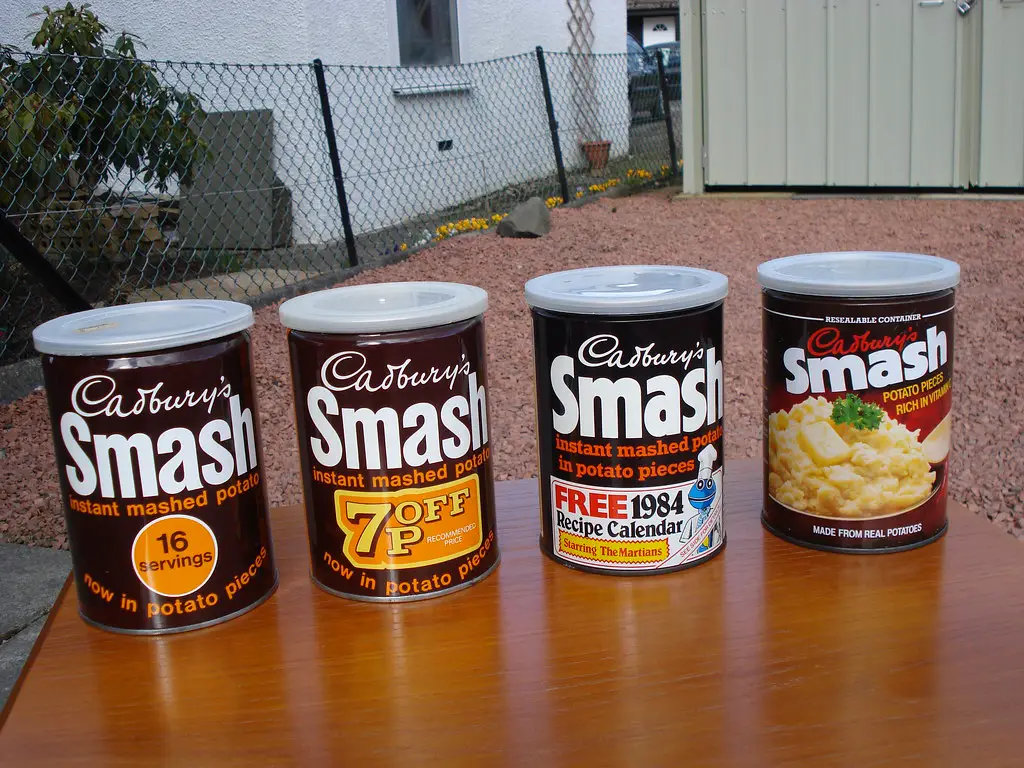
Enter Cadbury’s Smash Instant Mashed Potatoes, a product that left consumers bewildered rather than satisfied. Unlike Cadbury’s renowned chocolates, this venture into instant potatoes only served to confuse customers. Despite attempts to create a new brand identity with Smash, the inclusion of the Cadbury logo on the packaging tied the product back to the parent company. The failed foray into a new market underscores the risks of diluting a brand and causing consumer confusion.
Coca-Cola Clothing:
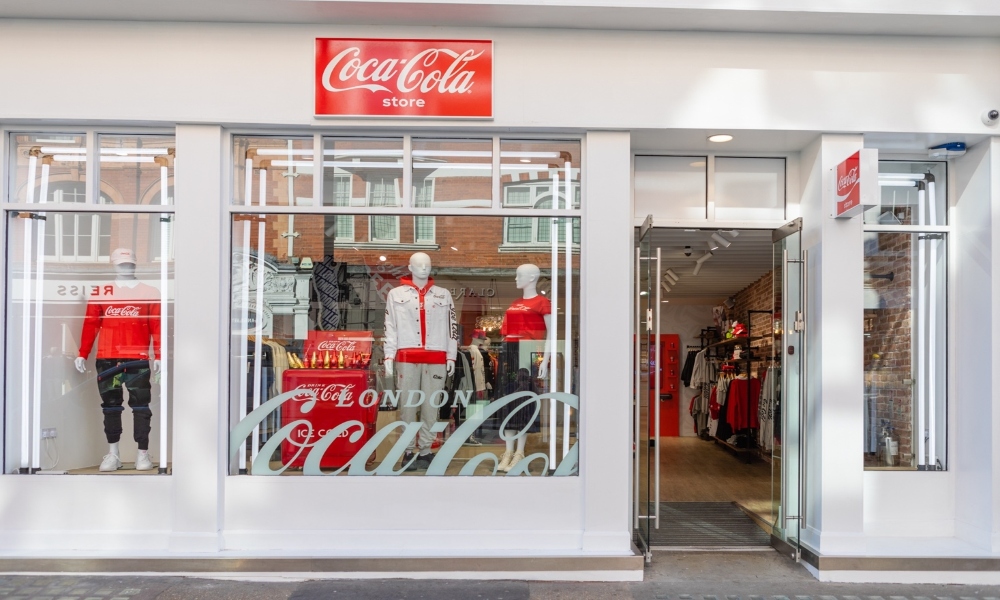
In the 1980s, Coca-Cola ventured into the fashion market with a line of clothing featuring its logo and colors. However, this departure from its core expertise in soda production proved unsuccessful, and the clothing line was quickly abandoned. Today, Coca-Cola sells merchandise with a more restrained approach, recognizing its limitations in the fashion industry. Attempting to infiltrate a market beyond its expertise proved futile, highlighting the importance of staying true to core competencies.
Windows Phone:
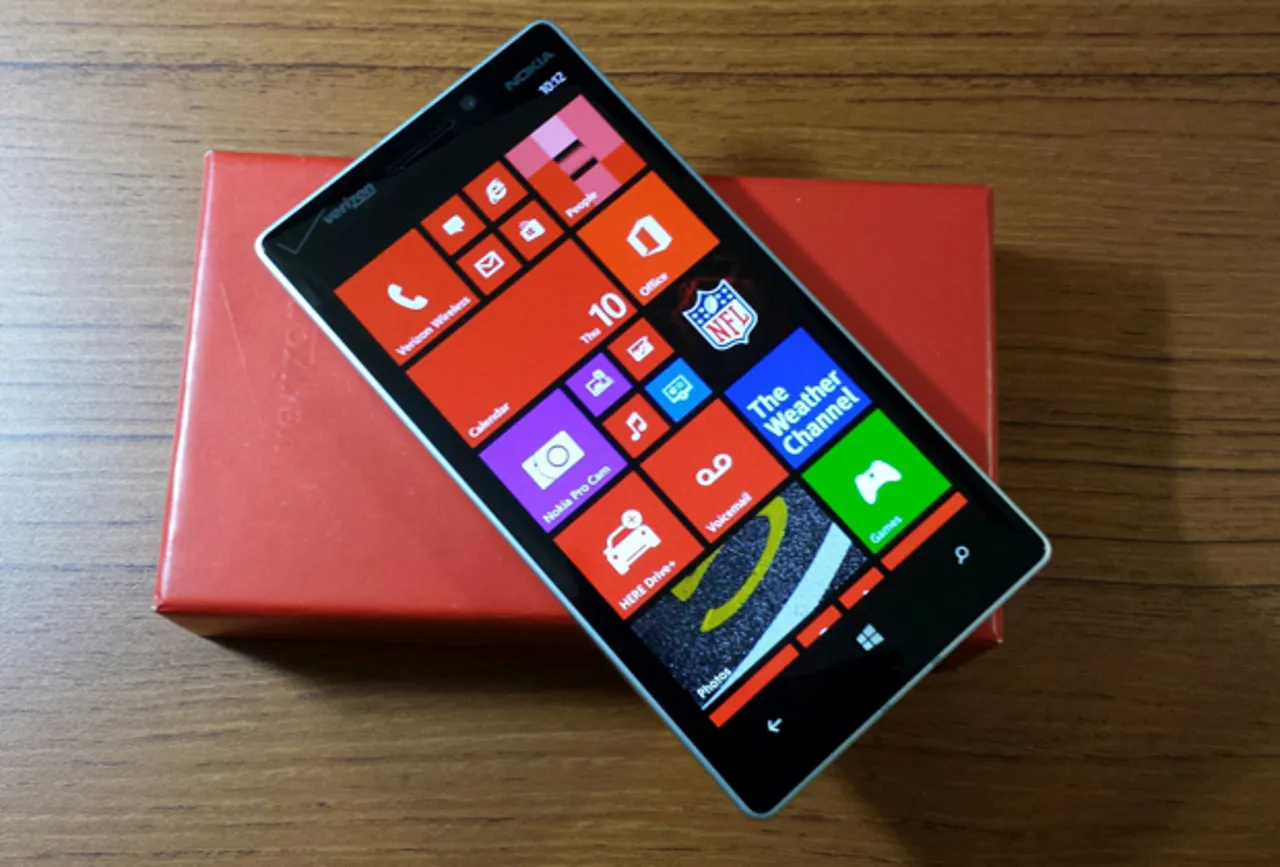
Microsoft’s attempt to enter the mobile phone market with Windows Phone ultimately fell short, diverting focus away from its software development efforts. Despite successes in other markets such as gaming with Xbox and tablets with Surface, the Windows Phone failed to compete with established competitors like Android and iPhone. This example underscores the unpredictability of entering new markets and the necessity of aligning product offerings with brand strengths.
Harley Davidson Perfume:
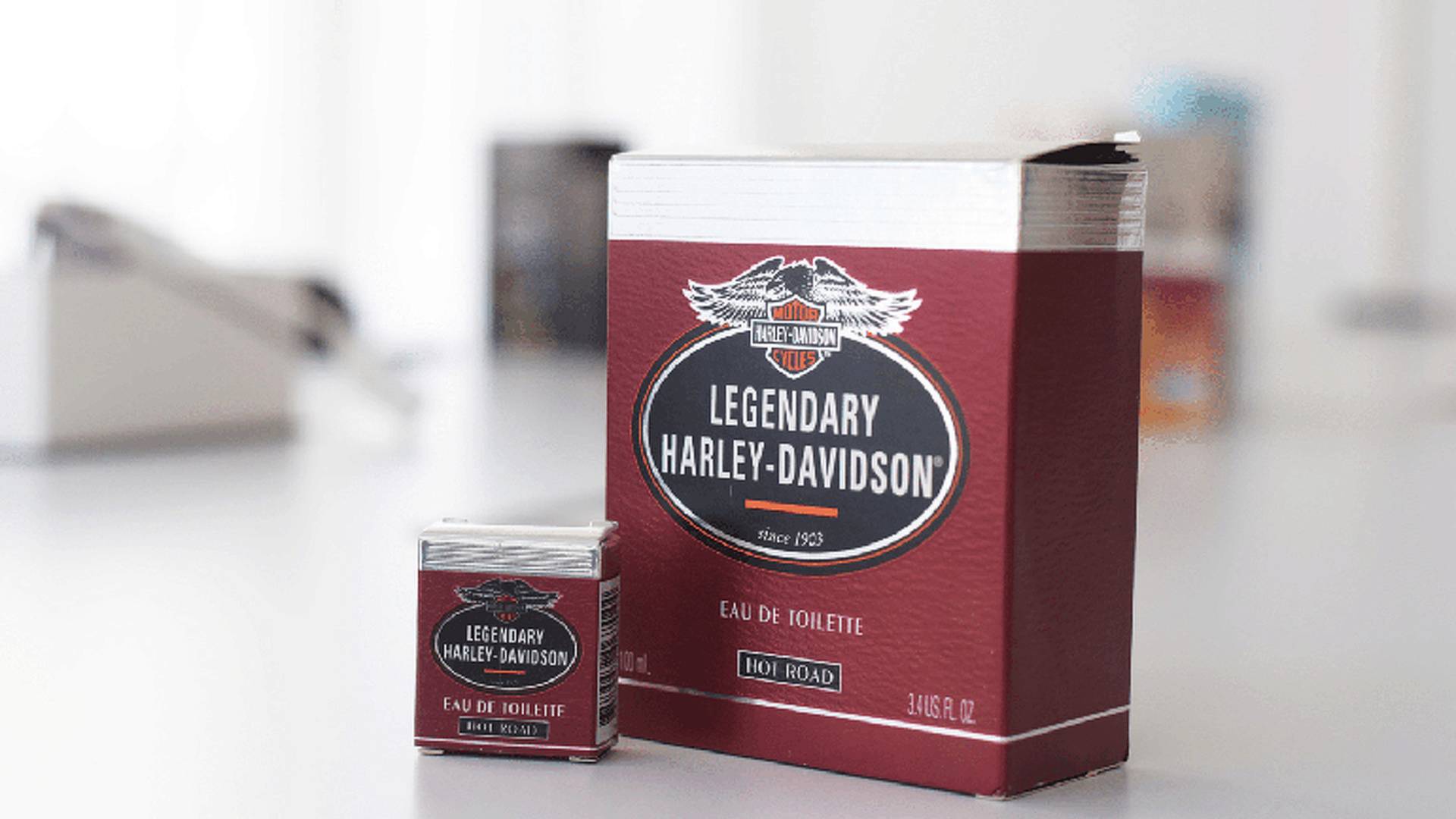
Introducing the Harley Davidson Perfume, a product that seemingly contradicted the essence of the Harley Davidson brand. Unlike the brand’s iconic motorcycles, this perfume failed to resonate with the culture of loyalty surrounding Harley Davidson. While the brand has successfully expanded into products such as jackets and boots, the introduction of perfume appeared out of touch. Despite its rugged packaging reminiscent of other Harley products, the perfume failed to align with the brand’s core values and capabilities. This misstep highlights the potential damage of diluting a brand’s identity.
Kitchen Entrees from Colgate
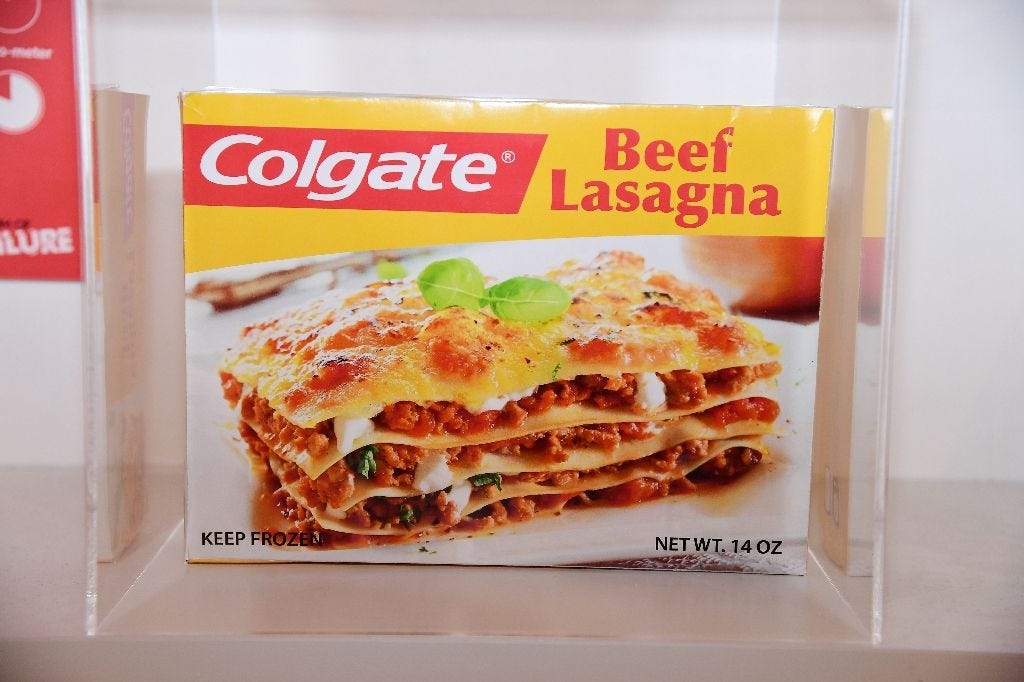
Sounds good, doesn’t it?
Unbelievably, Colgate believed it could successfully enter the frozen food market in the early 1980s with tasty goods like Colgate Beef Lasagna.
Colgate has previously had a number of prosperous line extensions or the introduction of additional goods within a product category. Examples of these product category expansions include toothpaste, toothbrushes, mouthwash, and dental floss.
They believed they might expand into the food industry with their mouth-related product line.
The overwhelming response from the public was “no.”
Colgate thought their brand would carry over into this new market they were targeting if consumers trusted it with their lips.
Nevertheless, they had created such a strong association with minty freshness that it was hard for a customer to think of a Colgate Lasagna without thinking about them.
Colgate’s brand managers blatantly neglected to listen to what their consumers wanted from the company; the outcome was a product that went against the target market’s opinion of Colgate.
Samsonite Jackets

Samsonite established its name by producing upscale, long-lasting luggage, including business and carry-on bags.
Samsonite believed they would be able to leverage some of their ideas about elegance into the apparel business.
To be fair to Samsonite, although it didn’t work with consumers, this extended technique doesn’t blow people away as a Colgate Beef Lasagna does.
Customers thought the brand was too strongly associated with travel bags.
To a certain degree, they were content to wear their bags.
Fire Phone from Amazon

Amazon is a company that doesn’t hesitate to enter new areas.
They are growing expertise because they often provide changes in a manner that highlights the value they offer, which is unmatched ease and quick access at fair costs.
Their transformation from an online bookshop to a massive retail corporation is a result of this guiding concept, which permeates all they do.
So what went wrong with their Amazon Fire phone?
This demonstrates the arrogance of a brand.
Because of their strong brand equity, they believed they could dominate a new market, but the device couldn’t compete with other phones on the market.
Consumers were perplexed by Amazon’s new course as well.
One thing to keep in mind is that Amazon limited brand harm and the impacts of brand dilution by withdrawing from the market as soon as it realized its error.
How Not To Dilute Your Brand
Here are some broad tips that assist brand strategists avoid diluting their brand while growing:
Conduct in-depth market research before introducing new items. To make sure your concept is in line with your brand, think about thoroughly investigating both the idea and the market it belongs to.
Always consider safeguarding the primary brand while considering growth. This implies that you shouldn’t produce goods that contradict the message of your brand.
Never introduce a new product too quickly. Introduce new items with care and deliberation; brand strategy is a gradual process. Hopefully, this will guarantee that new items complement the whole brand.
Be explicit in your communication. This needs to be the foundation of all your branding initiatives. It is imperative that you effectively convey your brand message to internal and external stakeholders. If this is done correctly, consumers will find it easy to draw links between your new and old items, making choices regarding growth simpler since everyone will understand the basis you’re developing upon.
Over To You Brands are always seeking methods to introduce new goods, services, and promotions to a larger audience.
The ultimate goal of this is to expand the company and the brand.
But be careful—this is a sensitive procedure, and a mistake might dilute your brand.
Having a clear understanding of how consumers see your brand can help you make better business choices in the future.
Final Thoughts
Don’t use new items to contradict the brand message.
If brand extensions complement your positioning and brand promise, they may be quite effective.
Investigate thoroughly before extending your brand.
Companies can’t only depend on brand equity to make sure a new product succeeds.
Always keep in mind your customers’ demands, desires, and perceptions of your brand.





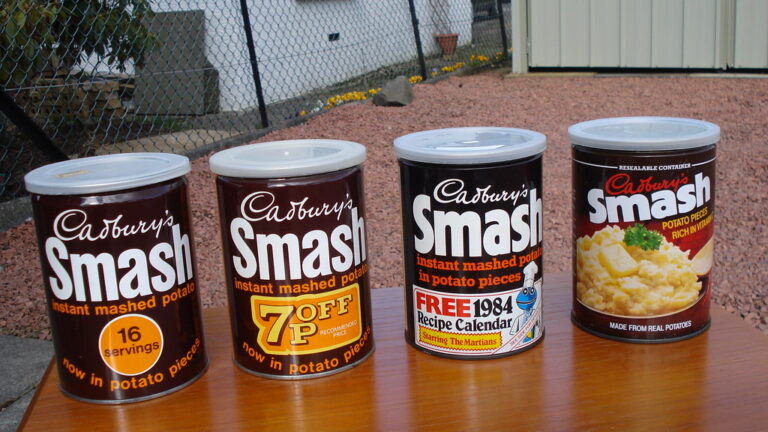


![What is a Brand Promise? [Strategies + Examples]](https://naumandigital.com/wp-content/uploads/2023/10/business-people-shaking-hands-in-agreement-600x400.jpg)
